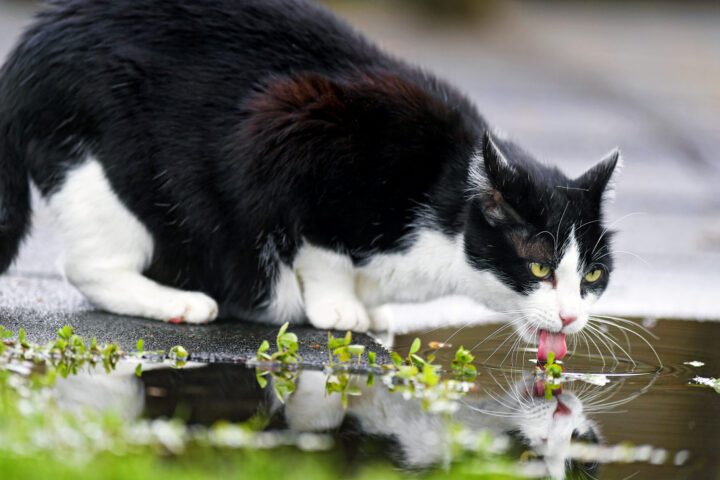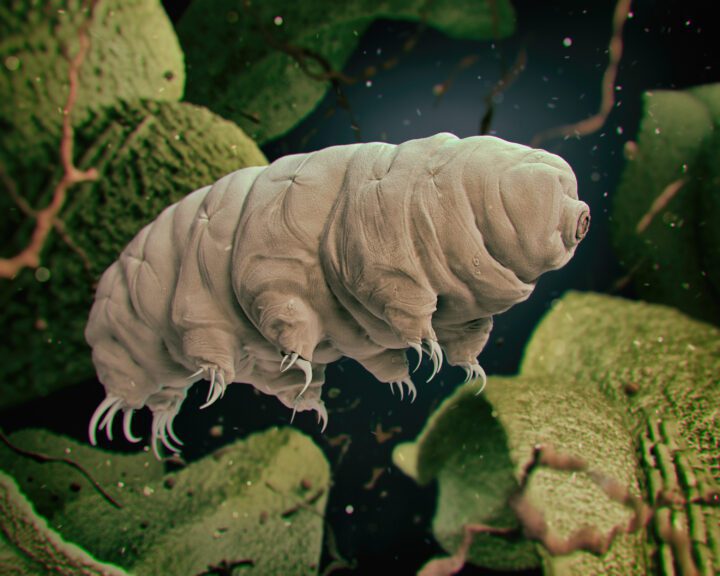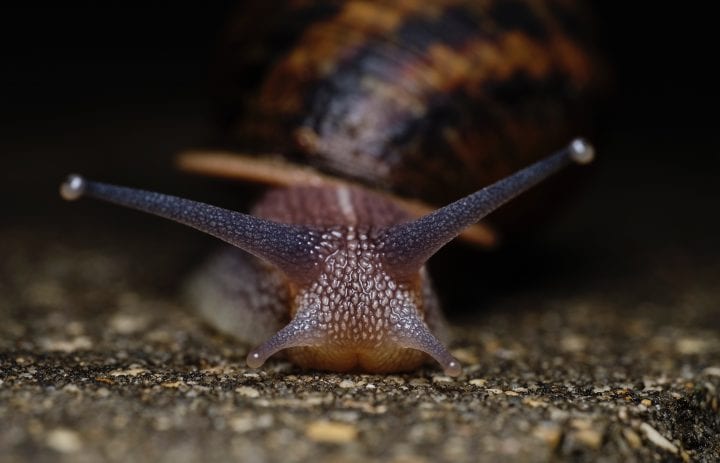Brush from Harvard has 3D-printed silicone spikes that effectively and gently clean pet hair.
Benefits
- Gentle
- Effective
- Easy to clean
Applications
- Cosmetics
- Medical treatment
UN Sustainable Development Goals Addressed
-

Goal 9: Industry Innovation & Infrastructure
The Challenge
House cats can spend up to 24% of their waking time grooming their fur coats. Grooming helps them remove pesky fleas, loose hairs, and excess heat. If they do not groom enough, debris can tangle in their fur, possibly causing painful tugging of the skin and even infection. Many cat owners supplement grooming by brushing through their cat’s coat regularly, but many brushes are insufficient in detangling fur and may cause skin irritation.
Innovation Details
The brush consists of 3D-printed silicone strands arranged on a flexible silicone substrate. As the user runs the brush along the cat fur, it collects loose hair strands and excess dirt. Due to the brush configuration, the operation requires lower grooming forces, meaning it is gentler on the animal’s skin. Also, as the brush runs along the fur, the strands automatically rotate when needed to avoid tangling. In addition, due to the strands’ configuration, the device is easier to clean than a typical brush.
Biomimicry Story
Cats use their textured tongues to groom themselves, making sure excess hair and debris are swept away. Cat tongues have hundreds of sharp, backward-facing spines called papillae. These papillae are multifunctional: they help to grab onto loose hair, grip food, and draw up saliva from the base of the tongue to cool the cat.





